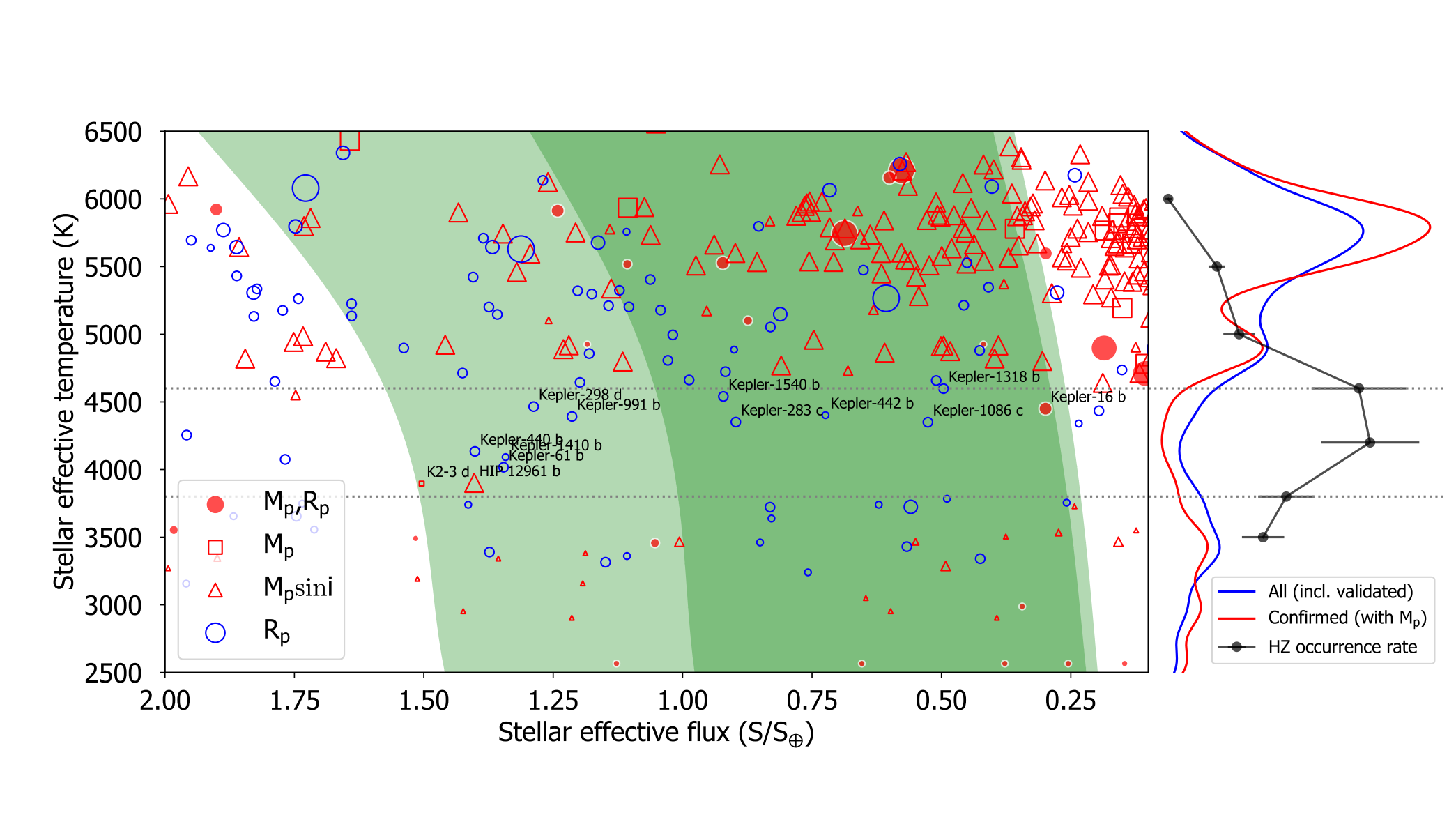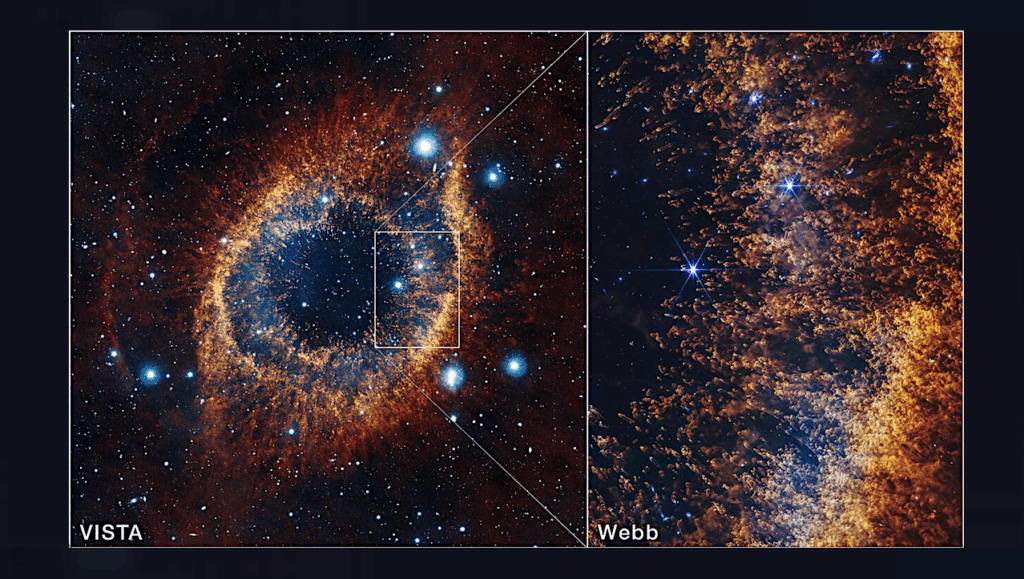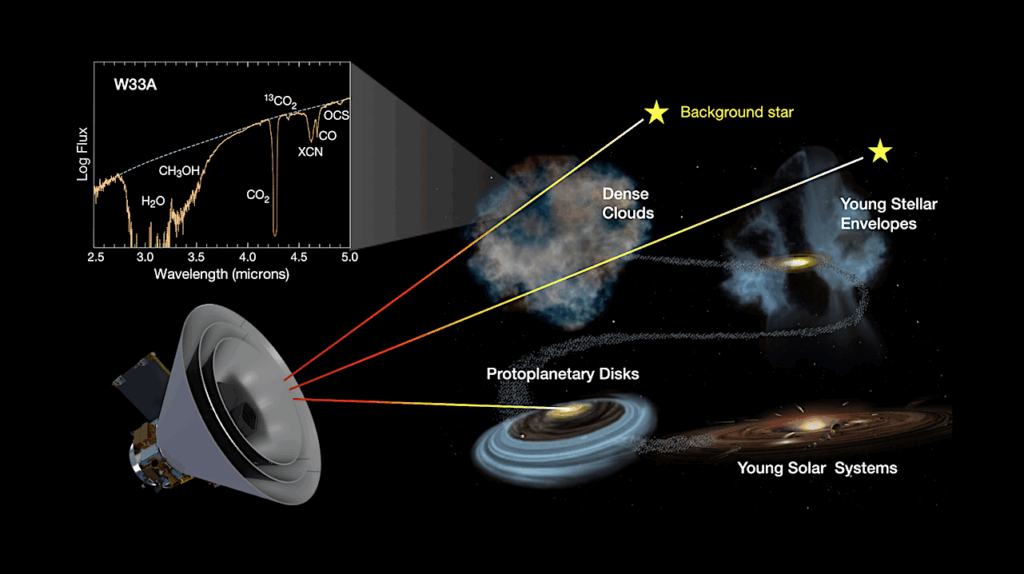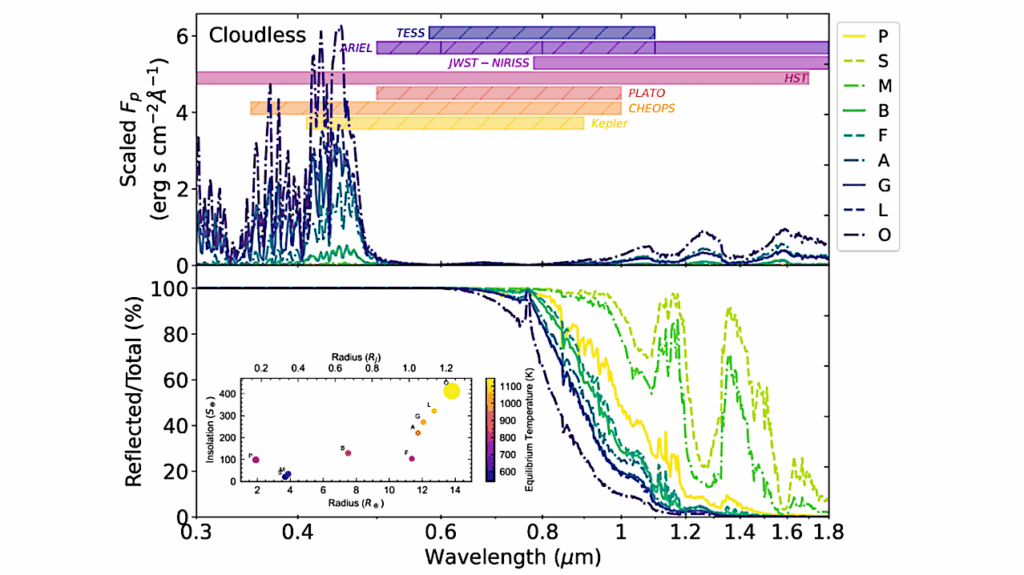The KOBE experiment: K-dwarfs Orbited By habitable Exoplanets. Project goals, target selection and stellar characterization

The detection of habitable worlds is one of humanity’s greatest endeavors. So far, astrobiological studies show that one of the most critical components for life development is liquid water. Its chemical properties and its capacity to dissolve and hence transport other substances makes this constituent a key piece in the development of life.
As a consequence, looking for life as we know it is directly related to the search for liquid water. For a remote detection of life in distant planetary systems, this means looking for planets in the so-called habitable zone. In this sense, K-dwarf stars are the perfect hosts. Contrary to G-dwarfs, the habitable zone is closer, thus making planet detection easier using transit or radial velocity techniques. Contrary to M-dwarfs, the stellar activity is much smaller, hence having a smaller impact in both the detectability and in the true habitability of the planet.
Also, K-dwarfs are the quietest in terms of oscillations, and granulation noise. Despite this, there is a dearth of planets in the habitable zone of K-dwarfs due to a lack of observing programs devoted to this parameter space. In response to a call for Legacy Programs of the Calar Alto observatory, we have started the first dedicated and systematic search for habitable planets around K-dwarfs, the K-dwarfs Orbited By habitable Exoplanets (KOBE).
This survey is monitoring the radial velocity of 50 carefully pre-selected K-dwarfs with the CARMENES instrument along 5 semesters with an average of 90 data points per target. Based on planet occurrence rates convolved with our detectability limits, we expect to find 1.68±0.25 planets per star in the KOBE sample and in half of the sample we expect to find one of those planets within the habitable zone. In this paper, we describe the project motivation, goals and target selection and preliminary stellar characterization.
J. Lillo-Box, N. C. Santos, A. Santerne, A. M. Silva, D. Barrado, J. Faria, A. Castro-González, O. Balsalobre-Ruza, M. Morales-Calderón, A. Saavedra, E. Marfil, S. G. Sousa, V. Adibekyan, A. Berihuete, S. C. C. Barros, E. Delgado-Mena, N. Huélamo, M. Deleuil, O. D. S. Demangeon, P. Figueira, S. Grouffal, J. Aceituno, M. Azzaro, G. Bergond, A. Fernández-Martín, D. Galadí, E. Gallego, A. Gardini, S. Góngora, A. Guijarro, I. Hermelo, P. Martín, P. Mínguez, L.M. Montoya, S. Pedraz, J. I. Vico Linares
Comments: Accepted for publication in A&A. 12 pages, 9 figures, 1 table
Subjects: Earth and Planetary Astrophysics (astro-ph.EP); Solar and Stellar Astrophysics (astro-ph.SR)
Cite as: arXiv:2209.05205 [astro-ph.EP] (or arXiv:2209.05205v1 [astro-ph.EP] for this version)
Submission history
From: Jorge Lillo-Box
[v1] Mon, 12 Sep 2022 12:39:03 UTC (2,998 KB)
full paper: https://arxiv.org/abs/2209.05205
Astrobiology








